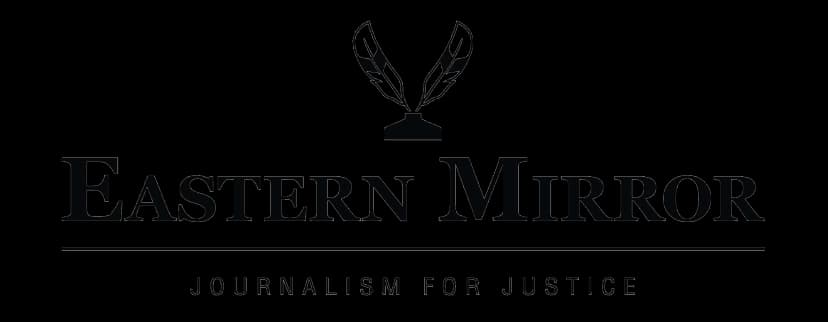THURSDAY, MAY 01, 2025
- Home
- Scholars warn: Colonial image of Nagas could impede identity
Scholars warn: Colonial image of Nagas could impede identity
Published on Sep 25, 2016
By EMN
Share
DIMAPUR, SEPTEMBER 24 : The need to exercise caution when employing ideas and literature that are of colonial construct in the process of engaging in discourse on Naga identity was underscored during the second, and the final day, of the national seminar on the topic ‘Heritage Discourse and the Politics of Identity’ here at Tetso College on Saturday.
During the discussion, after the first academic session, the conversation centred around the image of “ancient” Nagas as depicted by the colonial writers in their books as “hard working, generous, honest, simple, naked and savage”. The depiction includes those from the American missionaries as well.
“For so many years we have taken these sources as authentic,” Dr Lanusangla Tzudir, the publisher of Heritage Publishing House, pointed out.
“We have to be very careful of using this (colonial literature) in the construction of Naga identity.” She suggested that the colonial writers’ portrayal of the “ancient” Nagas as savages “in a way justifies their colonization”. The suggestion was that this could have been done so to serve their narrative of civilizing the ‘uncivilized’.
Even the Christian missionaries, when they first started converting the Nagas, had promoted this image of the Naga people as savages who needed rescuing through the gospel. These observations were offered by Tzudir in response to a discourse given by Dr DL Haokip, assistant professor of History at Gauhati University on the topic ‘Christianity and Bible translation in Manipur: A case study of the Tangkhul of Manipur’.
Tzudir also reminded that the ‘Naga identity’ was not restricted only to the political identity. “Naga identity is more than just political identity. It includes social identity, economical identity and cultural identity which goes way back to the villages.”
On the politics of identity construction, a research scholar from the department of Political Science, North-Eastern Hill University Shillong, Kaba Daniel presented ‘an insider’s view of pan-Naga past and present in northeast India.’
According to him, ‘pre-colonial period’ most of the communities of northeast India were not conscious about their ethnic identities. “Their world was only confined to their family, clans, and villages. So, there has been no notion about politics of identity construction.”
It was only in the “stage of colonial-administration” that the first socio-political process to develop an ethno-tribal identity was acquired, he stated.
“The ancient Nagas were by nature simple and friendly but rather individualistic in term of tribal life led by the traditional village elites. This individualistic (trait) of tribals life (in turn) gave a notion of politics of insiders and outsiders,” according to him. During the discourse, he suggested that one of the factors that have been a problem to the creation of a homogenous pan-Naga identity was the multiplicity of Naga languages (dialects). According to him, the Nagas claim to have 68 tribes today – all of them with their own ‘languages’, which is further diversified when extended to villages.
“This makes a complex construction and expansion of pan-Naga identity,” he stated. “The continuity of tribal loyalties and inter-tribal rivalries constitute real challenges to construction and maintenance of pan-Naga identity.
“To do away this stumbling block and real challenges, leaders of the pan-Naga and leaders of tribes, units need search for common ancestry, myths of origin, history of migration, common folktales, traditional political and social institutions and practices, religious festivals, commonalities in matters of dressing, housing, music as markers of ethnic boundary and encourages de-construction of tribal boundaries.
“While invoking such commonalities to strengthen pan-Naga ethnic boundary, the Nagas must make sure that they are projecting different harmful incoming. The 68 different Naga tribes who speak different languages downplay language differences and lay stress on other social-cultural factors which are visible almost in all tribes Naga communities,” he concluded.
Another presentation offered during the opening session was by Nivibo Y Sumi, assistant professor of Sociology at Tetso College on the topic ‘Understanding the Institution of the Sumi-Naga Marriage: An analysis.’

